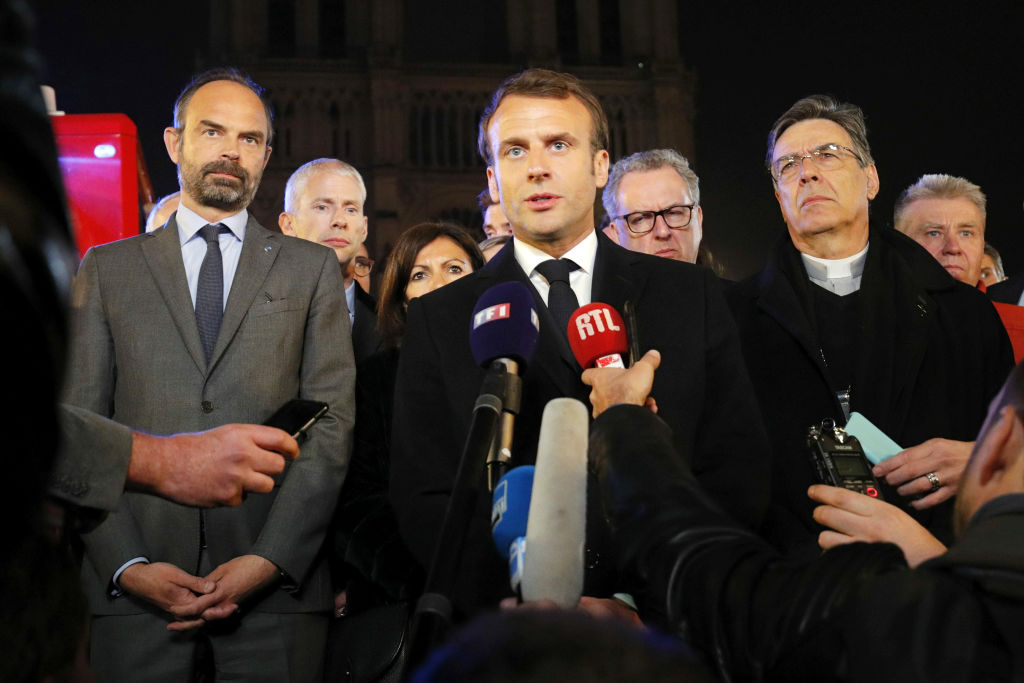“Paris outraged, Paris broken, Paris martyred, but Paris liberated!” intoned General de Gaulle on 25 August 1944 from the Hotel de Ville on his first appearance before the French people following the capital’s liberation. The following day he attended the Te Deum at Notre Dame Cathedral, that other high symbol and site of memory and meaning for Parisians and the French.
The tragedy of the Notre Dame fire puts politics and politicians in perspective. In the space of a few hours, the 850-year old Cathedral that had witnessed five centuries of the kings and queens of France, the French Revolution (as a wine warehouse), Napoleon’s consecration as Emperor, the restoration of the monarchy, the 1848 revolution, the restoration of the Empire, the Paris Commune, five republics – and the funerals of presidents Charles de Gaulle, Georges Pompidou, Francois Mitterrand – looked like it would be no more.
The fire took hold barely an hour before president Macron was to make a solemn broadcast to the nation presenting his much-heralded reform programme to defuse the near six-month-old yellow vest movement and to heal a deeply fractured society.

Britain’s best politics newsletters
You get two free articles each week when you sign up to The Spectator’s emails.
Already a subscriber? Log in








Comments
Join the debate for just £1 a month
Be part of the conversation with other Spectator readers by getting your first three months for £3.
UNLOCK ACCESS Just £1 a monthAlready a subscriber? Log in